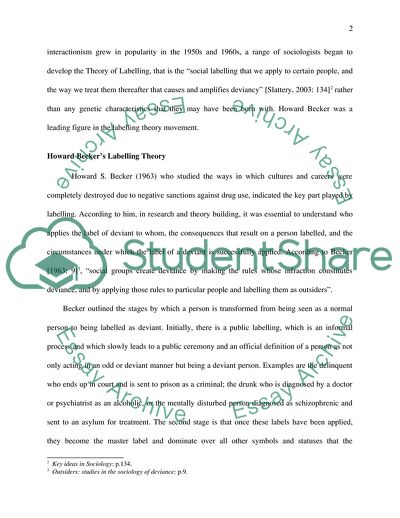Cite this document
(Introduction to Criminological Theory: Labelling Theory Coursework, n.d.)
Introduction to Criminological Theory: Labelling Theory Coursework. https://studentshare.org/sociology/1719298-introduction-to-criminological-theory
Introduction to Criminological Theory: Labelling Theory Coursework. https://studentshare.org/sociology/1719298-introduction-to-criminological-theory
(Introduction to Criminological Theory: Labelling Theory Coursework)
Introduction to Criminological Theory: Labelling Theory Coursework. https://studentshare.org/sociology/1719298-introduction-to-criminological-theory.
Introduction to Criminological Theory: Labelling Theory Coursework. https://studentshare.org/sociology/1719298-introduction-to-criminological-theory.
“Introduction to Criminological Theory: Labelling Theory Coursework”. https://studentshare.org/sociology/1719298-introduction-to-criminological-theory.


